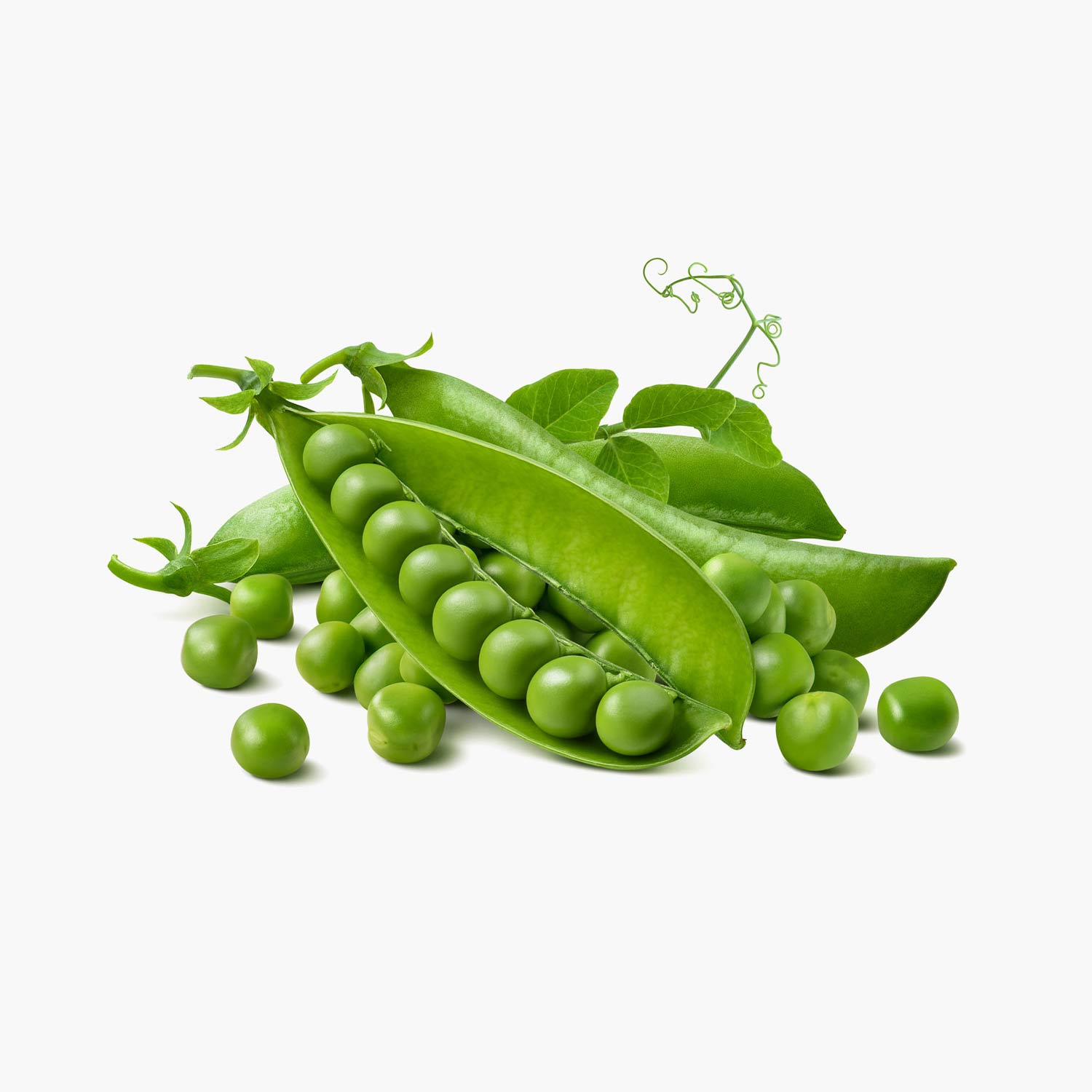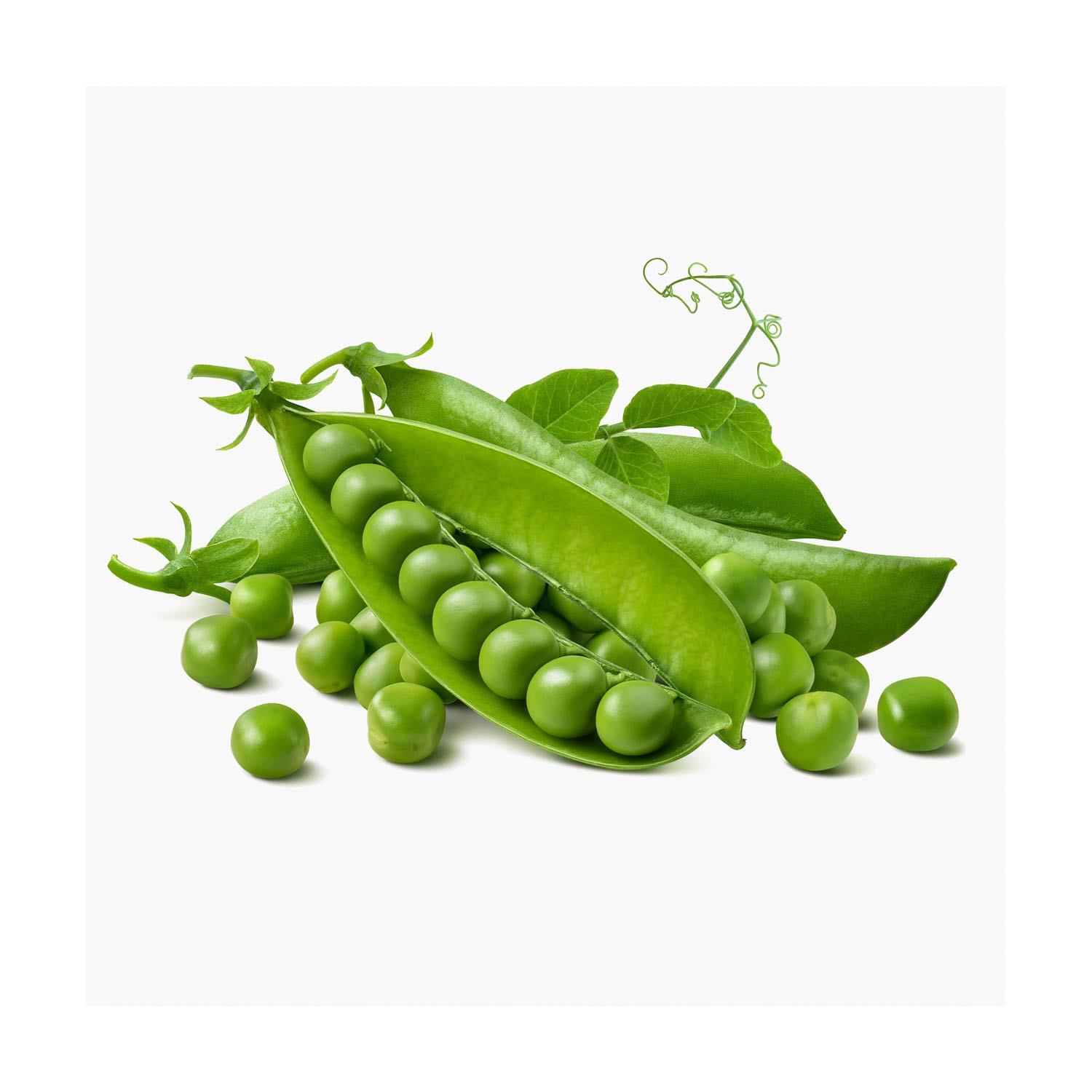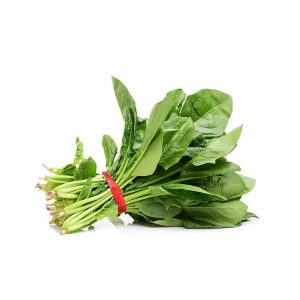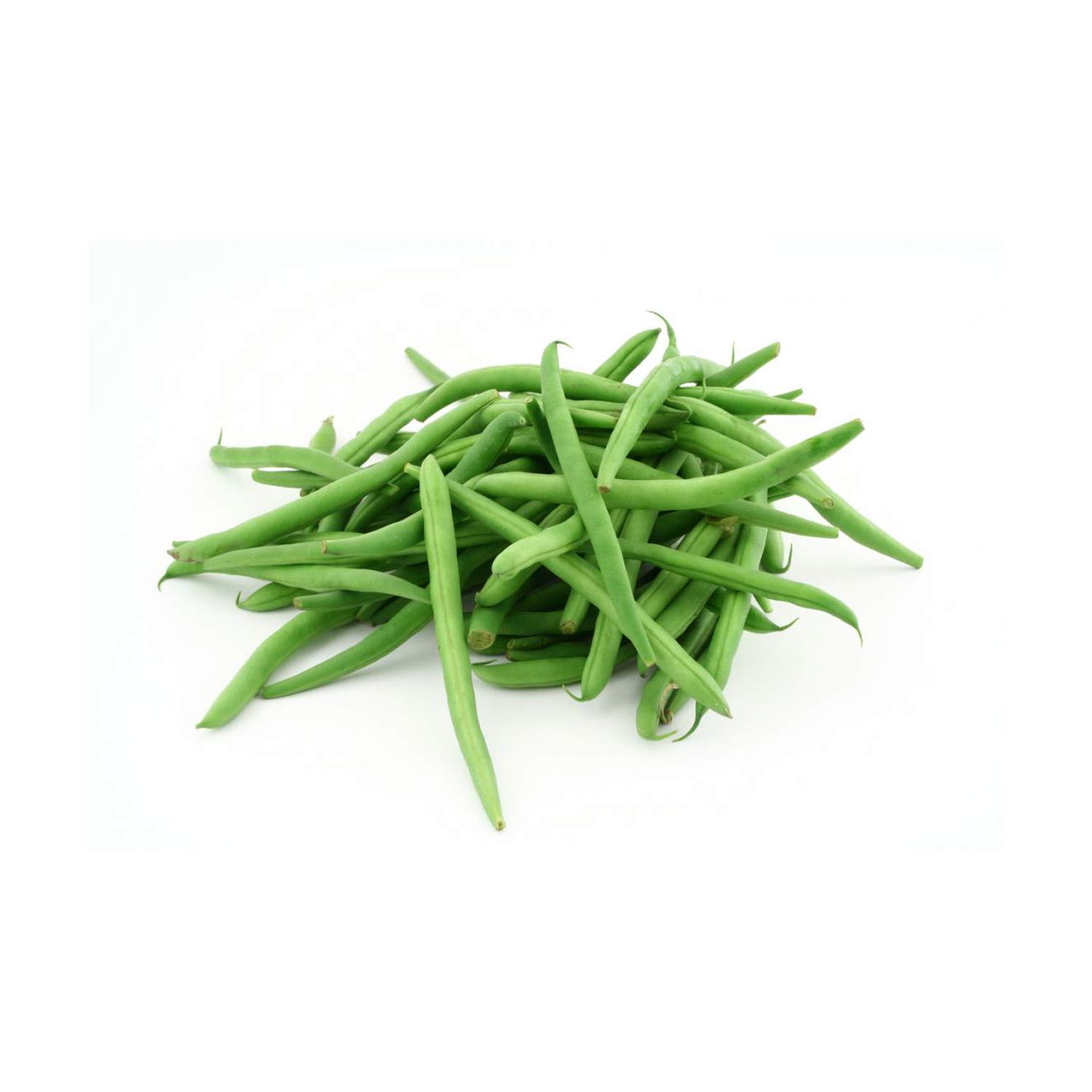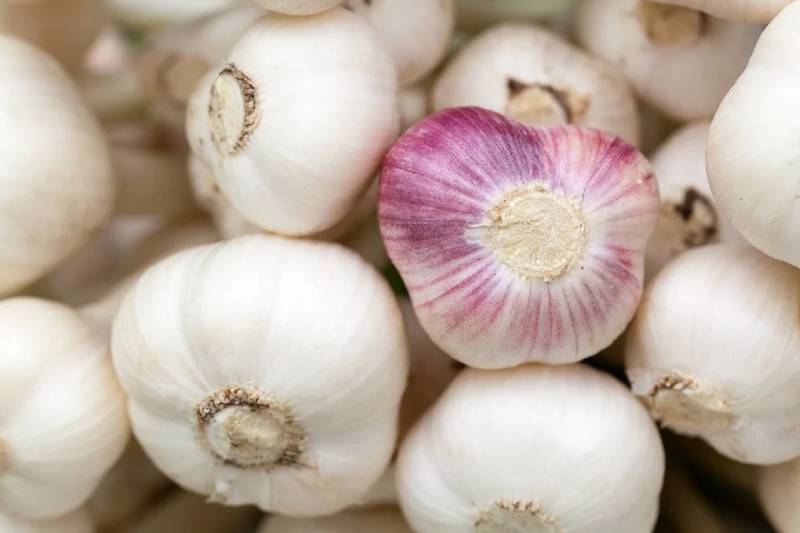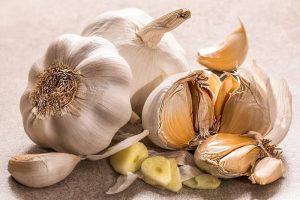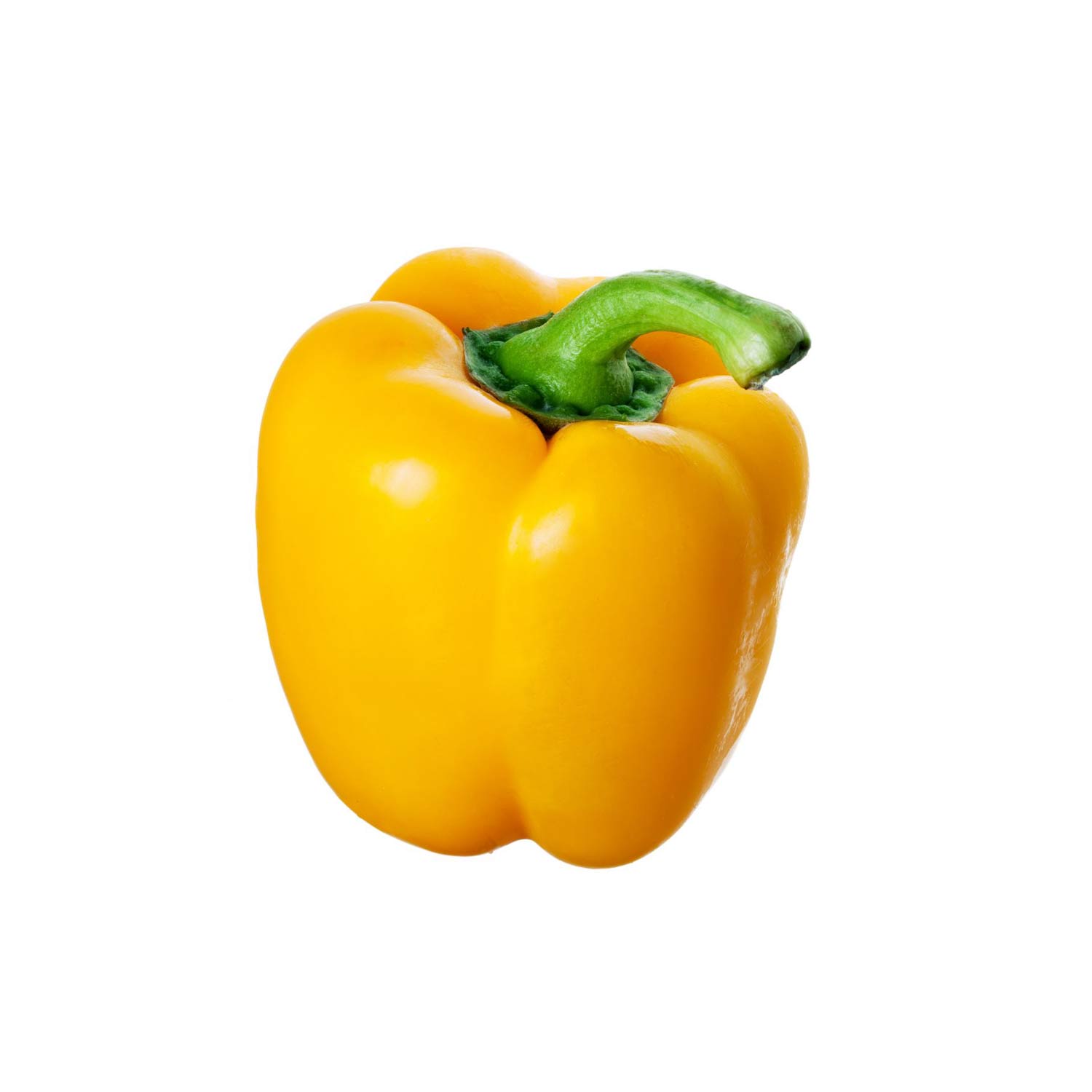Delivering Freshness and Quality Worldwide
Green peas are a popular and nutritious vegetable enjoyed globally. As the demand for fresh and high-quality green peas increases, partnering with reliable green peas exporters becomes essential for businesses seeking to source premium produce. In this article, we explore what makes top green peas exporters stand out and how to choose the best supplier for your needs.
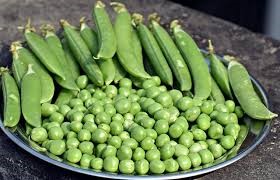

Why Green Peas Are in High Demand Worldwide
Green peas are not only delicious but also packed with essential nutrients, making them a favorite among consumers. With high fiber, protein, and various vitamins, they offer numerous health benefits and are versatile in many dishes, including soups, salads, and side dishes. These qualities make green peas an in-demand crop across markets, prompting the need for reliable green peas exporters to meet global demand.
1. Nutritional Value of Green Peas
Green peas are a nutrient-rich food, offering essential vitamins such as Vitamin K, Vitamin C, and folate. They are also an excellent source of plant-based protein, making them especially appealing to vegetarians and health-conscious individuals. Their fiber content helps digestion, while their antioxidants support overall well-being. These benefits contribute to the growing global popularity of green peas.
2. Versatility in Culinary Uses
From simple side dishes to complex recipes, green peas are incredibly versatile. Whether fresh, frozen, or canned, green peas add natural sweetness and texture to a variety of meals. Their adaptability across multiple cuisines makes them an essential ingredient in both home kitchens and commercial food operations, further boosting the demand for quality green peas.
Choosing the Right Green Peas Exporter for Your Business
Selecting a green peas exporter is a crucial decision for businesses that want to maintain a steady supply of high-quality green peas. Here are key factors to consider when evaluating green peas exporters:
1. Quality and Freshness
Top green peas exporters prioritize the quality and freshness of their products. Whether supplying fresh, frozen, or canned peas, they ensure the peas are carefully harvested and packed to preserve flavor and nutritional value. Leading exporters often have strict quality control processes to guarantee that their peas meet the highest standards before shipping.
2. Sustainable and Ethical Sourcing
Sustainability is increasingly important in the global food industry, and green peas exporters who prioritize eco-friendly farming practices are gaining preference. Many exporters work with farmers who use organic methods or implement sustainable practices, such as water conservation and minimal pesticide use, to produce green peas. These practices not only reduce environmental impact but also cater to the growing demand for ethically sourced products.
3. Reliable Shipping and Competitive Pricing
For businesses sourcing green peas, reliable shipping, and timely delivery are critical. The best green peas exporters provide efficient logistics to ensure their products arrive fresh and on schedule. Additionally, exporters who offer competitive pricing and flexible shipping options help businesses manage costs while maintaining the quality of their inventory.

